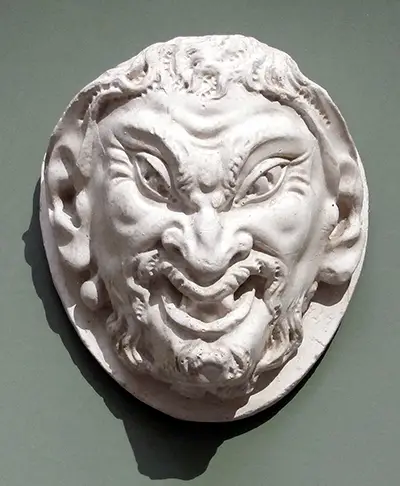The image of this sculpture strikes you straight away. It was known to have been well received by a number of significant patrons which would help him to find new opportunities in the future. Specifically, Lorenzo de' Medici spotted the piece, which was originally just a copy of an ancient artwork, and instructed Michelangelo to make some adjustments to suit his own tastes. The speed and accuracy that was then delivered by this young sculptor shocked him, and immediately convinced him of the potential of this young man. Medici commented on the teeth being too perfect for an old satyr, which the young student immediately accepted and provided a work around there and then. There was no sign of the arrogance or diva-like attitude that Michelangelo would develop later in life, as demonstrated by some of these quotes from his career.
The Faun itself is a well known item from Roman mythology, with it being a half human–half goat creature that is depicted in a variety of ways, depending on the taste of each artist at the time. They can be found in both painting and sculpture and the balance of dominance between human and goat features can vary considerably. In this case, Michelangelo put together a frightening creature that appears almost like something from a nightmare, as its piercing stare and evil grin penetrate your mind. Sadly, the original head designed by Michelangelo has been lost and is highly unlikely to ever be recovered. A similar version has since been stolen and that for a long time was believed to have been the original that the Medici came across within an art school all those many centuries ago.
The original sculpture would today serve as an ideal artwork for research in order to learn more about his early development. Sadly, this is not possible, but enough other items from his career are available in order to provide an exhaustive survey of his early years as talent were starting to meet technical experience for the first time, and this young man would also start to come out of his shell a little more and then become the awkward character that he was in later years. The faun itself represents the protection of the countryside, both of the animals and also the natural surroundings. Greek and Roman mythology would frequently create characters that were a merge of two different species and these could then easily hold multiple symbolic values. There were also themes of fertility attached to it eventually, whilst artists would slowly reduce its goat-features and concentrate more on its link to humanity.



